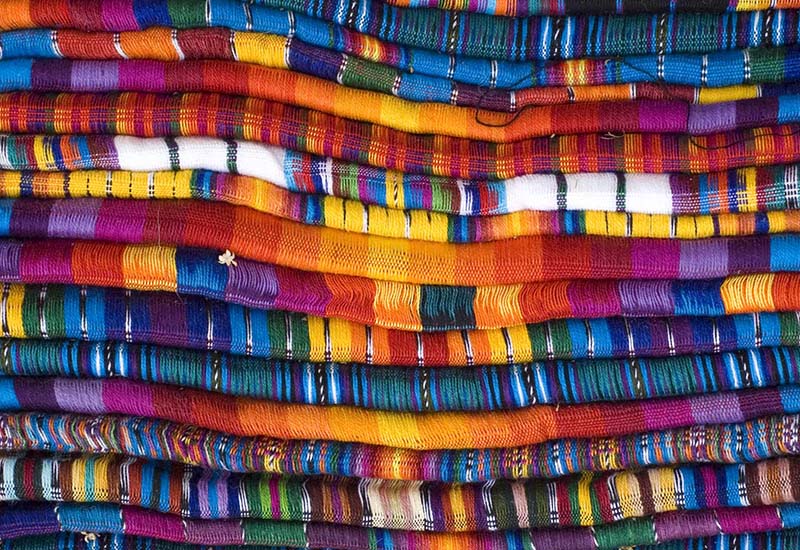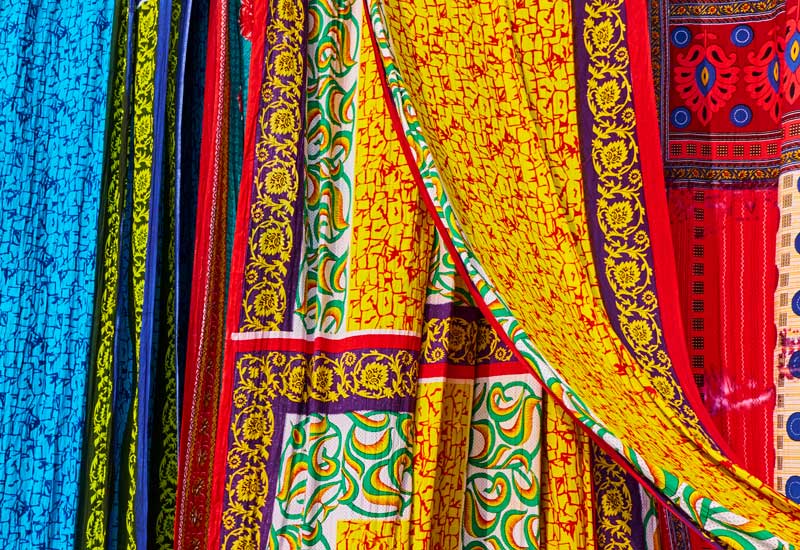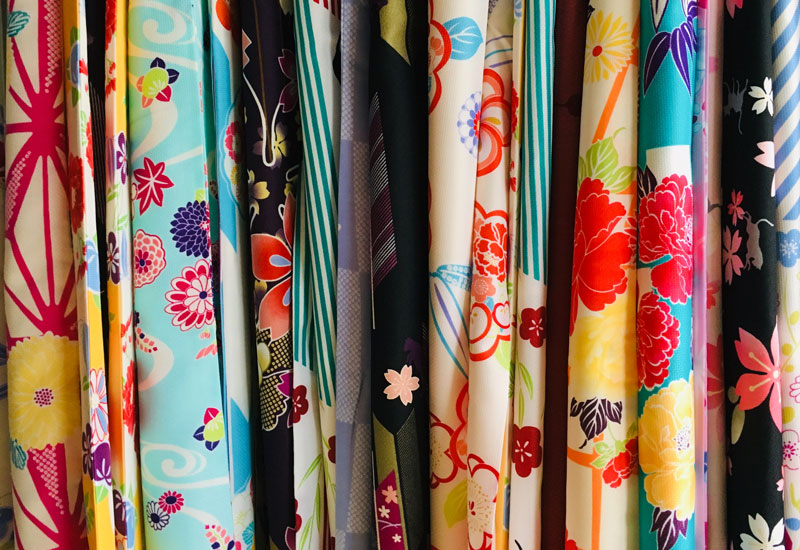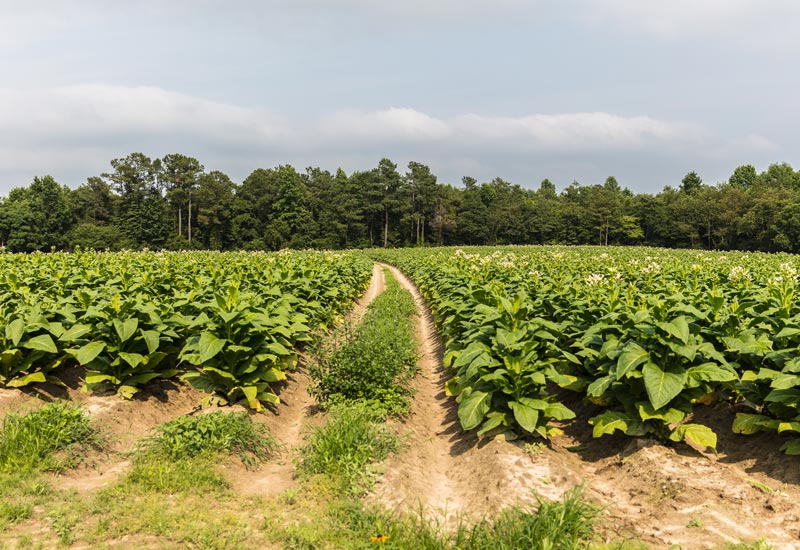Get the right experience for you. Please select your location and investor type.
IMPORTANT NEWS: Transition of investment management responsibilities
First Sentier Group, the global asset management organisation, has announced a strategic transition of Stewart Investors' investment management responsibilities to its affiliate investment team, FSSA Investment Managers, effective Friday, 14 November close of business EST.

Quarterly Client Update: Third Quarter 2025
We provide regular strategy updates including portfolio changes and proxy voting, and links to our investment rationales, latest articles, statements, webcasts and videos which explore our thinking on sustainable investment, including the challenges and issues we grapple with in our search for high-quality companies.
Strategy updates: portfolio changes & proxy voting
Find out the latest updates on the strategies we manage including significant portfolio changes and proxy voting.
You can also build your own report by selecting individual strategies of interest.
Team update
After acting as careful stewards of our clients’ capital over many years, three of our colleagues - David Gait, Sashi Reddy, and Sujaya Desai - stepped back from their portfolio management responsibilities in August and left the business. Doug Ledingham, Jack Nelson and Nick Edgerton took over the lead portfolio manager responsibilities from the departing analysts.
Doug, Jack and Nick have extensive portfolio management experience, with a combined 48 years of industry experience between them. They have the support of a talented and tightly knit investment team. Stewart Investors has always operated with a team-based approach, with every investor being an analyst and all analysts being generalists. We are, and will always be, guided by our investment philosophy.
You can view the manager changes to our funds/strategies below. Please do get in touch if you have any questions.
In September 2025, we welcomed Chris Grey back to our team. Chris previously worked at Stewart Investors from 2015 to 2022. Chris joined us from Hollis Capital and before that he was at Chikara Investments, where he co-managed an emerging markets fund. Chris shares our way of thinking, and our passion for investing in high-quality businesses, and is already familiar with many of the companies we invest in. Since his return, he has actively contributed to portfolio construction discussions. It’s good to have him back.















